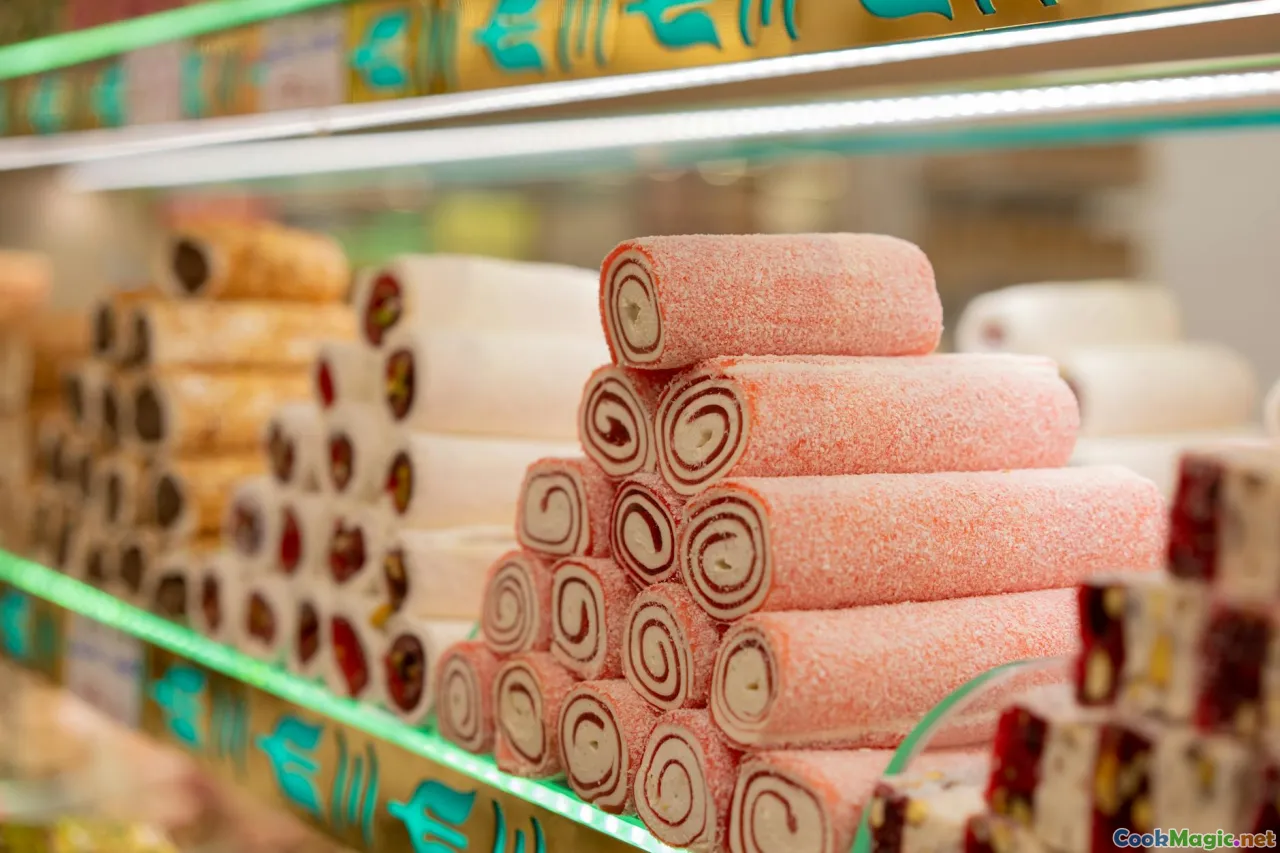Spotlight on Lesser Known Malaysian Desserts
8 min read Discover Malaysia's hidden dessert gems—delve into unique, lesser-known sweets rich in culture, history, and unforgettable flavors. May 13, 2025 12:00
Spotlight on Lesser Known Malaysian Desserts
Malaysia is a melting pot of cultures, traditions, and flavors, and its desserts are no exception. While dishes like Cendol, Klepon, and Apam Balik have gained international recognition, there exists a treasure trove of lesser-known Malaysian desserts that are equally enchanting—each telling a story of history, community, and innovation. This article aims to shine a spotlight on these hidden gems, inviting you to explore the depths of Malaysia’s sweet culinary landscape.
A Journey Beyond the Popular: The Rich Tapestry of Malaysian Desserts
Malaysia’s desserts are an intricate tapestry woven from Malay, Chinese, Indian, and indigenous influences. These sweets often utilize local ingredients like pandan, coconut, glutinous rice, and palm sugar, creating vibrant flavors and textures that captivate the senses.
While the well-trodden paths of street stalls and popular festivals showcase iconic treats, it is in the lesser-known varieties where you find the true soul of Malaysian sweetness—simple yet profound, traditional yet innovative.
Hidden Gems of Malaysian Sweets
1.Bingka Ubi: The Sweet Coconut CakeBingka Ubiis a humble yet flavorful dessert originating from the Malay communities, especially in the northern states like Perlis and Kedah. Made primarily from grated sweet potatoes, coconut milk, and rice flour, this cake boasts a moist, dense texture with a slightly chewy bite. Its golden hue, dotted with bits of grated coconut, exudes rustic charm.**Sensory Experience:**The aroma of coconut and baked sweet potato is warm and inviting, while each bite offers a harmonious balance of sweetness and earthiness. It’s traditionally baked in a clay oven, which imparts a subtle smoky undertone.Cultural Significance: Bingka Ubi is often served during festive occasions such as Hari Raya or family gatherings, symbolizing community and tradition.
2.Kuih Talam: The Layered DelightKuih Talamis a two-layered snack with a soft, jellied top tier of pandan-flavored coconut milk and a bottom layer of thick, sweetened mung bean paste. This dessert is a staple at traditional Malay celebrations but remains relatively underappreciated outside local circles.**Textural and Visual Appeal:**The contrasting textures—silky top layer against the dense, smooth bottom—along with its vibrant green hue from pandan leaves, make Kuih Talam visually captivating.Personal Reflection: I recall visiting a small village festival where an elderly lady carefully sliced Kuih Talam, revealing the beautiful separation of layers. The aroma of pandan and coconut was intoxicating, evoking childhood memories of family festivals.
3. Lemang and Serunding: A Savory-Sweet Pairing
While Lemang (glutinous rice cooked in bamboo with coconut milk) is fairly well-known, its lesser-known companion,Serunding, often goes unnoticed. Serunding is a spicy, shredded coconut meat floss that pairs beautifully with Lemang.**Taste & Texture:**The slightly salty and spicy Serunding balances the rich, sticky Lemang, creating a delightful contrast of flavors and textures.Cultural Insight: Traditionally prepared during Hari Raya, this pairing exemplifies Malaysia’s love for combining savory and sweet elements in a single dish.
4. Apam Pulut Hitam: The Black Glutinous Rice Cake
This lesser-known variation of the classic Apam is made with black glutinous rice, giving it a deep purple-black color. The rice is soaked, ground into a batter, and then steamed until soft, resulting in a chewy, moist cake with a slightly sweet taste.
**Sensory Experience:**The aroma of black rice and coconut mingles as it steams, while the chewy texture offers a satisfying bite.Remarkable Aspect: Its nutritional value is high, packed with antioxidants from the black rice, making it a wholesome treat.
5. Kuih Bahulu: The Mini Sponge Cake
Although Kuih Bahulu is gaining popularity, it remains underappreciated outside Malaysia. These tiny, golden sponge cakes are crispy on the outside and airy on the inside, often flavored with pandan or vanilla.
**Tasting Notes:**Perfectly sweet with a hint of fragrance, Kuih Bahulu is often enjoyed with tea or as a snack during festivals.Historical Context: Traditionally baked in molds over charcoal, modern methods have preserved its nostalgic appeal.
The Cultural and Emotional Significance
These lesser-known desserts are more than just sweet treats; they are embodiments of Malaysia’s diverse cultural identity. Each dessert reflects historical influences, local ingredients, and community stories.
For instance, Bingka Ubi’s rustic charm connects communities through its simple ingredients and traditional baking methods. Kuih Talam’s layered beauty symbolizes harmony among Malaysia’s ethnic groups. Lemang and Serunding evoke the spirit of togetherness during festive seasons.
Beyond their taste, these sweets evoke memories, family traditions, and a sense of belonging, making them integral to Malaysia’s cultural fabric.
Personal Encounters and Culinary Adventures
Exploring these lesser-known desserts often leads to unexpected culinary discoveries. During my travels through rural Malaysia, I encountered elderly artisans meticulously preparing Bingka Ubi in clay ovens, their hands steeped in generations of tradition. Their stories, intertwined with each dessert, deepen the appreciation for Malaysia’s culinary heritage.
In markets, I’ve watched vendors craft Kuih Talam with delicate precision, offering samples that burst with flavor and nostalgia. These moments remind me that food connects us beyond language, serving as a bridge to understanding a community’s soul.
Embracing the Unknown: Why It Matters
In a world increasingly driven by fast-paced food trends, it’s vital to preserve and celebrate lesser-known culinary treasures. They offer authentic insights into a culture’s history, geography, and social fabric.
For food enthusiasts and adventurers alike, exploring Malaysia’s hidden desserts is an invitation to discover new flavors, stories, and traditions—expanding our culinary horizons and fostering appreciation for diversity.
Conclusion
Malaysian desserts are a vibrant mosaic, with each piece telling a unique story. While the world has embraced some of its more famous sweets, the lesser-known desserts hold an equally captivating charm—waiting to be discovered, savored, and cherished.
Next time you find yourself in Malaysia, seek out these hidden gems. Engage with local vendors, ask about their recipes, and immerse yourself in the rich culinary tapestry that these desserts represent. In doing so, you’ll not only taste history but become part of a living tradition, one sweet bite at a time.









